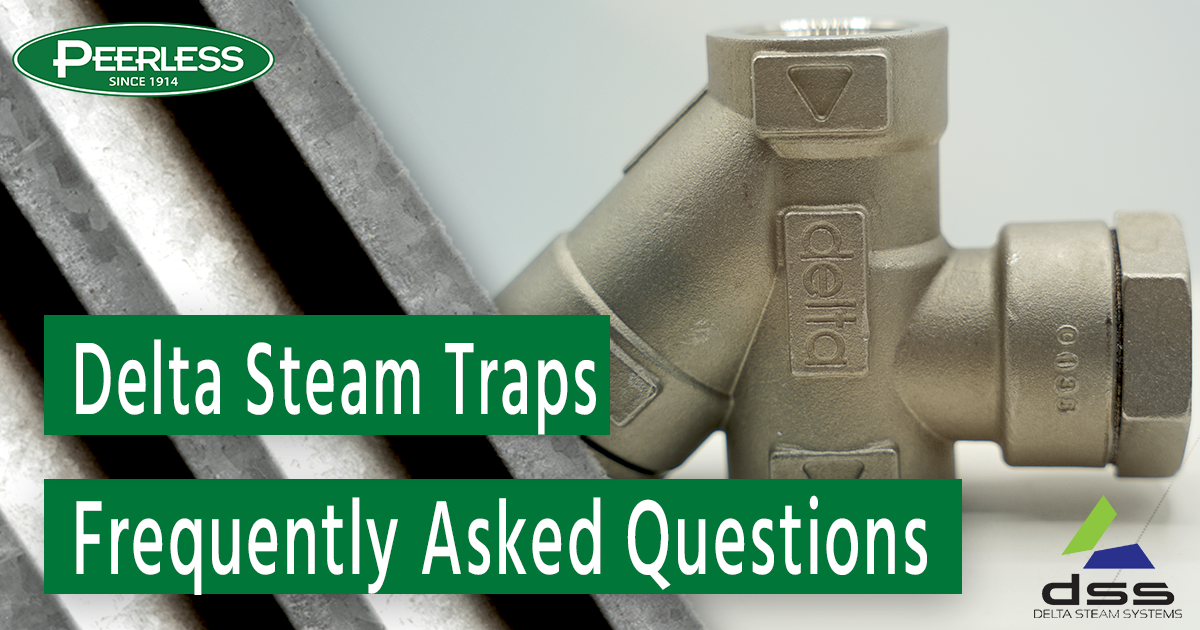What are the financial benefits of Delta Steam Traps?
A steam trap is a key component of any steam system. The purpose of a steam trap is to drain condensate and remove any non-condensable gas all while keeping steam in the system.
The reasons for removing these substances are the following:
- Condensate in a steam system lowers the efficiency of the pressurized steam.
- Condensate can cause water hammer and damage process piping.
- Not removing air and non-condensable gasses from the steam systems can reduce heat transfer efficiency by 21% or more depending on the air concentration in the steam systems because air is one of the greatest insulators, a major steam operation objective is elimination from a steam system.
What are the financial constraints of a failed steam trap?
When a steam trap fails open, it simply acts like an open valve, a good deal of steam would leak through it. As a result, the overall steam consumption of the plant will go up, reducing the efficiency of the operation.
There is a very large financial impact on the bottom line of the facility when there is a failed open steam trap. Each steam trap has an internal orifice that limits the amount of steam/condensate that it will pass when open. Still, steam traps that are on large, high pressure steam lines can pass greater than 600lb/hr of steam. Depending on the cost at a facility, this can cost upwards of $30,000 per year a steam trap.
Steam trap failures in a closed position will result in possible water hammer. Water hammer is a condition where slugs of liquid become trapped between steam packets and then accelerate to a high velocity. When accelerated, the slugs of water can create a “hammer” like effect causing extreme damage to plant equipment.
How often do mechanical steam traps fail?
When using mechanical, thermostatic or thermodynamic steam traps there is always the risk of failure. The industry standard is that 15-20% of a plant’s steam traps fail on an annual basis.
Failing mechanical steam traps has grown into an overbearing issue inside many facilities. Delta Steam Traps have been tested and proven as a solution to this problem. Delta Steam Traps have a guaranteed lifespan of 20 years, 10x more than the traditional, mechanical steam trap, eliminating the need for replacement parts and repairs. Switching to Delta Steam Traps in your steam system, will be a cost efficient alternative to the traditional mechanical steam trap.
What are the benefits of Venturi Technology?
The Delta Trap works by combining Venturi technology with an orifice.
- Part of the capacity of the Delta Traps is related to the size of the orifice.
- Part is also related to the back pressure that is generated inside the venturi.
It is a combination of the pressure drop across the orifice and the back pressure generated in the venturi that gives the Delta trap its overall capacity.
How Delta Steam Traps Can Work In Your University→
How To Put Venturi Style Steam Traps To Work In Your Environment →

